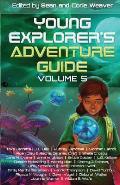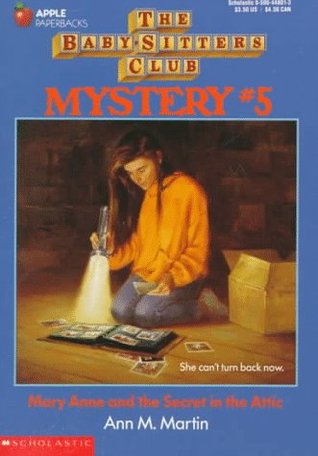Finding “Relief” with Jex and Ticca
While that was in production, I wrote a prose story with the same characters. “Relief: A Tale of the Jitney” is being published this month in volume 5 of The Young Explorer’s Adventure Guide from Dreaming Robot Press.
Thanks to alphabetical order, I’m one of the listed authors of that book on the big bookselling websites, but the the collection contains two dozen science-fiction tales for young readers.
Here’s the start of “Relief: A Tale of the Jitney.”
My father said he’d fly home a month ago. “I’ll be back before the moons switch places, Eeshal,” he told me. “I’ll miss working here with my best girl, but right now people need my help.”
“I understand, Daddy,” I told him. Flyers had been landing at our resupply base with reports of how the planet Wengu had suddenly flown through an asteroid cloud. “Dozens of meteor- ites!” “Two cities just devastated.” “I heard there were tsunamis!” A Confederation patrol ship had come with a call for volunteers to repair Wengu’s infrastructure.
“You have to go help those people,” I told Daddy. We were standing out beside the landing field, looking up at Wengu’s star. “You’re the best mechanic in this solar system. And I’m old enough to run Gadder’s Landing while you’re gone.”
“I guess you are now, Eeshal,” my father said. He gave me a bristly mustache kiss on the forehead and went inside to pack his tools.
So I’d been running the base for two months. Whenever a ship landed from outside our system, I asked if there was news from Wengu.
“At least the meteorites have stopped,” said one four-armed lady. “Top off my radon tanks, would you, dearie?”
“Confederation’s still advertising for relief ships,” growled a furry yellow hauler. “Sure you can’t tune my ion jets?”
I can repair computers, but my father hasn’t let me work on engines yet. So pilots who needed that sort of tune-up flew off to other bases. I watched our landing field empty out and our creds account drop. One fuel tank ran low, and the delivery droids stopped letting me sign for new shipments.
I still thought I was doing fine, but then I had a dream about missing my momma. I was only a baby when she died, and here I was waking up crying. Really I was missing Daddy, I knew. I had to do something to bring him back.
Then this little jitney flew in—half the size of most cargo ships, none of the comforts of passenger liners. The registration code on the tail was too scratched to read, but I recognized the ship right away. No other flyer had those refurbed engines and mismatched landing legs. “Held together by wire and epoxy,” Daddy had muttered when he first saw it. “But at least it’s thick wire.”
“So you inspected it?” I said.
“Not officially,” Daddy said. “Jex never asked.”
Jex was the little jitney’s pilot. I don’t know how his species ages, but Jex looks about as old as I am. Sometimes he acts younger.
“Is his ship safe to ride in?” I asked.
Daddy hadn’t answered. But now I was desperate.
The link above leads to Powell’s. The Young Explorer’s Adventure Guide, volume 5, is also available in digital form through Amazon. That’s how I read this series.












